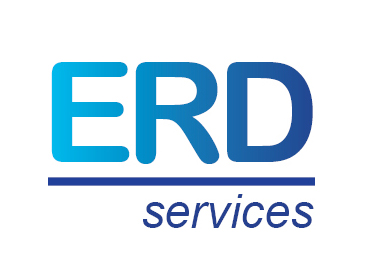Key questions about Capgemini’s acquisition of Altran
We continue to reflect on Capgemini’s acquisition of Altran
1.
Capgemini offers EUR 14 per Altran share. Before the announcement of the Aricent acquisition, Altran’s stock was trading in the EUR 13-14 range. So, Capgemini’s offer is not overly generous, with the company taking advantage of the bumpy ride of Altran’s stock in 2018. Thus, from a shareholder perspective, Capgemini does not value the USD 2bn acquisition of Aricent
2. Why is Altran selling now?
Altran’s sale comes at
We can only speculate on the timing. Apax Partners, which owns 11% of Altran’s stock and might have needed to exit. Did Altran encounter an operational issue? The company has had a good financial communication and it would have warned the markets. Neither of these explanations is convincing.
3. What ER&D capabilities brings Capgemini?
Capgemini enters ER&D services with the 2003 acquisition of Transiciel, which had business with Airbus, then named EADS. Capgemini expanded this business to other sectors, organically in France, and also in Germany, with the purchase of a train/rolling stock equipment engineering firm (Future Engineering) in 2006.
In 2014, the company also gained nuclear plant engineering skills from the acquisition of the technology services captive of Areva, Euriware. Finally, Capgemini also benefited from capabilities around technology products and medical devices from the 2015 acquisition of IGATE.
Of all these capabilities, we think that only nuclear plant engineering is skills that Altran did not have. And indeed, Capgemini signed with Dassault Systemes and French electricity utility a 20-year contract for creating digital twins of nuclear plants and develop simulation capabilities in Dassault’s product.
Outside of ER&D, Capgemini brings valuable skills in analytics and AI, product design (with its Idean business that is the same size as Frog, to 0.8k designers) and cybersecurity (2.5k engineers). These skills will be important.
We estimate the Capgemini’s ER&D services revenues to EUR 0.3bn-0.4bn.
4. Will Capgemini make further acquisitions in ER&D services once it has acquired Altran?
We think that Capgemini will then only make minor acquisitions in ER&D for several reasons.
First of all, on a proforma basis (including the Altran transaction) at the end of 2018, we estimate Capgemini’s net debt to a massive EUR 6.2bn! Capgemini will focus in the next three years on debt reduction and will start small acquisitions by 2021.
Second, Capgemini has a wide range of capabilities, from IT services to digital, and BPO. Two, it still wants to grow in the US market, Germany, and Asia. The company will need to make arbitrage in its inorganic intentions.
5. What capabilities does the combined Altran/Capgemini still need
Altran had
Apart from MES and PLM, like the rest of the ER&D industry, the combined firm still needs to expand in pharma R&D, building on its capabilities in medical devices. Again, Dassault is expanding in this space in both research (molecule development) and development (clinical trials) and this should help.
